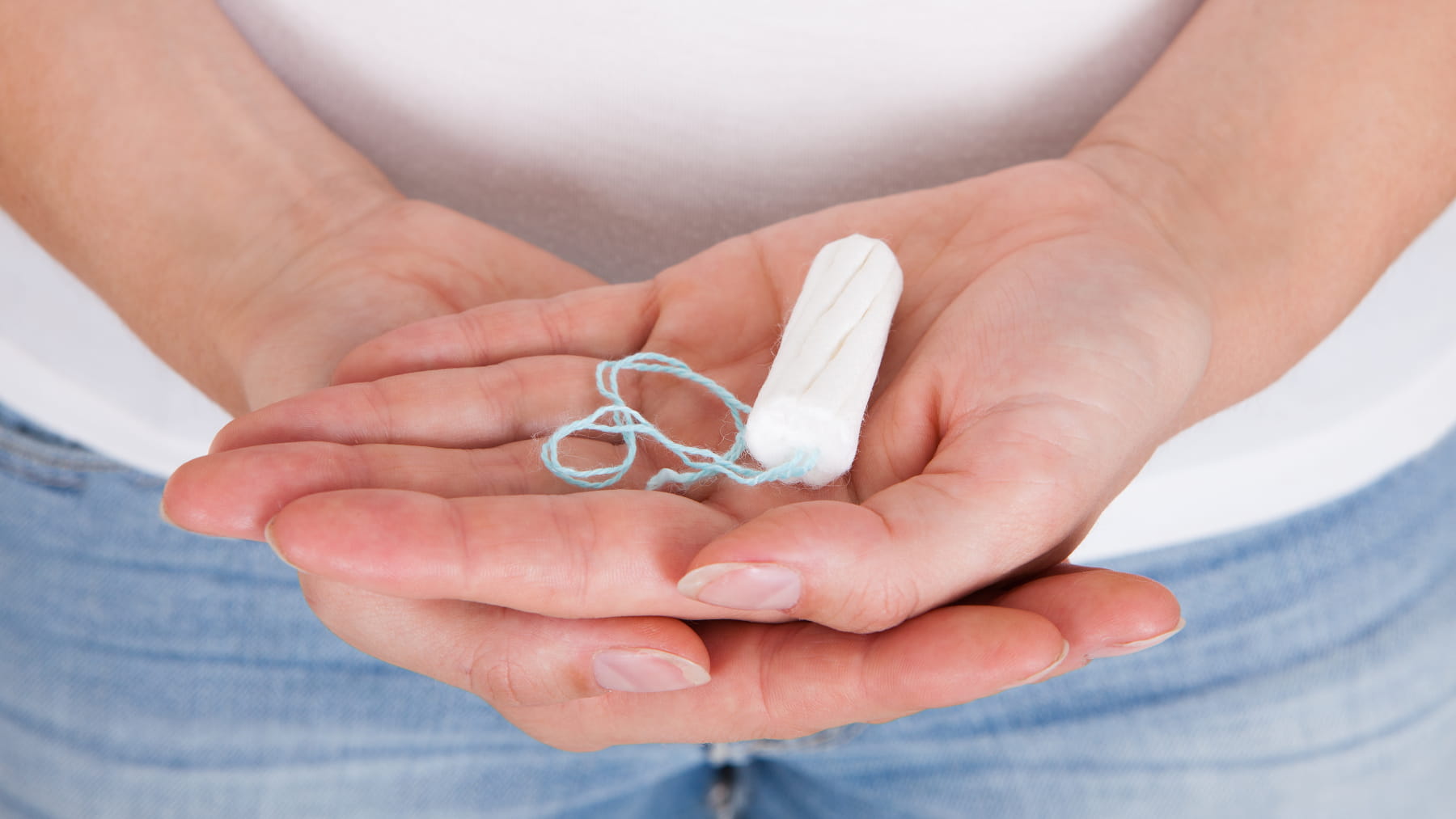What to know about Toxic Shock Syndrome and Kegels

Most women are aware of the strict eight-hour tampon use rule to reduce the risk for toxic shock syndrome (TSS). We turned to an Ob/Gyn to talk safety beyond that basic guideline.
What's the risk for TSS – whether from tampons or something else? How concerned should I be?
And what’s the deal with trying to strengthen muscles around the vagina while using an inserted object? Is it safe?
Michael Cackovic, MD, a maternal fetal medicine specialist at The Ohio State University Wexner Medical Center, says although the risk of TSS is low, you should be concerned and he wants to make sure you’re informed about the serious condition before inserting any object.
He recommends working with your doctor if you’re interested in trying vaginal weights that help increase the benefits of Kegel strengthening exercises. Read on to learn more about that.
But first a quick guide to toxic shock syndrome:
What is TSS?
TSS is caused by bacteria, which can be introduced by any object inserted in the vagina (i.e., tampon, menstrual cup, diaphragm, vaginal weights). Because of the interconnectedness of the female anatomy, bacteria that enter through the vagina can spread to the uterus, fallopian tubes, abdomen and a host of internal organs.
TSS is a life-threatening condition and should be taken seriously. Symptoms often mimic the flu (fever and abdominal pain), making it difficult to detect easily.
Some other possible symptoms:
• sudden high fever
• rash resembling a sunburn (not raised) anywhere on body, often soles of feet and hands
• nausea or vomiting
• confusion/dizziness
If you do think you might have TSS – especially if you have been using a tampon – head straight to the nearest emergency room.
TSS is rare
Annually, about 1 in 100,000 women contract TSS from using tampons.
Do not to discount the concern though, says Dr. Cackovic.
When existing bacteria combine with blood and fluid during menstruation, suddenly there are a lot of bacteria collected in one place. This is why women are advised to change their tampons every 4-8 hours. “Women who develop TSS are more likely to have used tampons with high absorbency, used tampons continuously for more days of their cycle, and kept a single tampon in place for a longer period of time,” he says. Additionally, women who have had tampon-associated TSS should not resume using tampons because TSS can recur.
Important guidelines for tampon use:
- Use the lowest absorbency tampon you can.
- Change tampons frequently, at least every four to eight hours.
- Alternate using tampons and pads, and use mini pads when your flow is light.
How to strengthen your pelvic muscles (safely)
Women have been trying to strengthen their pelvic floor muscles for ages, often to help prevent incontinence after childbirth. Doctors regularly tell women to do Kegel exercises, clenching their muscles that stop them from peeing.Dr. Cackovic says vaginal weights can help provide a focal point while doing Kegels.
“Many doctors will tell women to do Kegel exercises, especially after childbirth, but not provide instruction on how to do them,” Dr. Cackovic says.
It’s important for women to know which muscles to isolate and how, which is easier to pinpoint with an object in the vagina, he says.
“A number of objects of varying shapes could be used as long as they are appropriately disinfected before being inserted into the vagina,” he explains.
“Vaginal weights, which are typically used under the instruction of a medical professional and are made of surgical steel, which can be appropriately disinfected, are a safe option for women looking to strengthen their pelvic muscles,” Dr. Cackovic says.
And he doesn’t doubt that many women find an increase in sexual pleasure after their pelvic muscles have been strengthened.
Use caution
Moral of the story: Be cautious with any object you insert into your vagina.• Never insert a vaginal weight or other object used for strengthening muscles while you’re menstruating or during pregnancy, as these circumstances put you at an increased risk for infection.
• Using a vaginal weight or other object with an IUD or vaginal ring would risk pulling out the contraceptive device when removing the object.
And if you have questions, don’t hesitate to talk with your doctor. You aren’t the only woman looking to strengthen your pelvic muscles in a safe and effective way.




